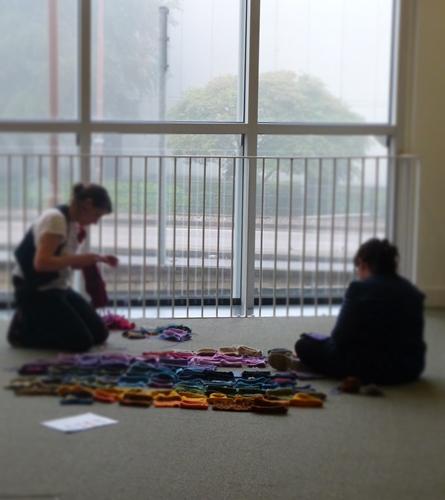Blogtacular led a discussion on twitter yesterday about online privacy and safety. I shared a few thoughts but want to expand upon them here.
Get coffee. It's a long one.
 I started blogging around 2001. I did not use my real name; I did not post pictures of myself and the only clues to my identity were these: I lived in Copenhagen, Denmark and I was female (I used the nom de plume "Ms Bookish"). My then blog was fairly straightforward: I mostly wrote about books and the contemporary literary scene. Around 2004-2005 my blog had become a professional tool and I was widely engaged in the literary blog scene working with publishers and authors. However, I was still completely anonymous.
I started blogging around 2001. I did not use my real name; I did not post pictures of myself and the only clues to my identity were these: I lived in Copenhagen, Denmark and I was female (I used the nom de plume "Ms Bookish"). My then blog was fairly straightforward: I mostly wrote about books and the contemporary literary scene. Around 2004-2005 my blog had become a professional tool and I was widely engaged in the literary blog scene working with publishers and authors. However, I was still completely anonymous.
And then I began noticing a pattern.
One particular blog commentator, Martin (not his real name), left comments on every single blog entry I made. After a few weeks he began sending me emails expanding upon the comments he had left me. So many emails. I didn't read them after a while. Something felt totally off about the guy and, really, I was too busy.
Then I attended a blog networking event and Martin was there. He had presents for me and cornered me. How did he know I would be there? And how did he recognise me? I started to feel really uneasy. Martin started leaving seriously whacked-out comments on the blog and, creeped out, I decided to check my emails from him. Well, they weren't good.
Martin knew when I had been out doing my grocery shopping and he had watched me bike around Copenhagen. It got worse: he wanted me to have a nervous breakdown so he could take care of me, he thought I had an artificial leg (and wrote in great detail about how my prosthetic turned him on), he thought I was leaving him clues on my web site professing my great love for him, and so forth. Gross, bad, awful stuff.
Then I came home to find Martin standing on the other side of the road. You can probably guess what happened next.
By now I had documented as much as I could. I had saved every email and screen-capped blog comments. I passed all this information to the police and stayed at friends' houses while the police managed to sort things out. I know Martin got psychiatric help but apart from one letter (which his psychiatrist had told him to write) I never heard from him again. I was able to move on from the incident because I knew I had just been a random victim: Martin didn't know me; he just knew I was female and I read a lot of books. Classic case of erotomania.
I learned some valuable lessons from this:
- You cannot control how other people read what you write online. I had not peppered my literary blog with hidden clues for Martin to follow. That was his mental illness talking. I was not responsible for how he chose to interpret my posts.
- It is very, very hard to stay anonymous online and there are many ways of finding out your identity. Martin got my name from somewhere (probably from looking up who registered my blog domain) and managed to track my address very quickly. He also had access to my financial records thanks to his job, so he could find out where I did my grocery shopping and where I liked to hang out. People also talk: my neighbours let private things slip to a guy who seemed nice and harmless. Things like the fact that I was single and that I was living on my own.
- Document everything. I let some of our early interaction slip through my fingers which I regret as I may have been able to stop him sooner.

And then I decided to take ownership of my identity. I began using my real name and posting photos of my face.
I had spent years trying to lock down information about myself online and had convinced myself I was keeping myself safe that way. In actual fact, the only real way to stay safe is to step out there and say "Hi, I'm Karie Westermann and this is what I look like." There is freedom and power in that statement: it is my identity and (unlike anonymity) nobody can take that away from me.
Furthermore, when I hadn't shown my face on my blog and Martin still recognised me, it was very scary and I felt utterly powerless. He knew what I looked like despite all my efforts. Nowadays I have my face splayed all over the internet and it's my choice. Occasionally I get recognised by someone who's knitted one of my patterns or who follow me on Twitter - and I am totally cool with that.
Being a craft professional actually means that I write a lot more about my life online than I ever anticipated. And that brings me to another point.
For me, there are three spheres: private, personal & public. I keep the private sphere to myself - everything else may be blogged.
I don't write about family or friends. That would be rude and intrusive. I write about some personal things - like the fact that David & I celebrated our 9th anniversary yesterday (and if you've kept an eye on the timeline - yes, Dave played a big part in helping me deal with my stalker) - but I sift through them carefully as personal details can quickly get self-indulgent. And then there's the public stuff like blogging about an event - where you should totally come say hello to me.
Interestingly the Martin story stayed off my blog for a very long time. I didn't think it relevant material, though I did write a few pieces about cyberstalking for magazines. It was too private a story for many years and has only just recently become a personal story that I occasionally allude to. And now I am finally writing about it under my own name on my own blog.
Anyway, the best way to stay safe online is to act like you would offline. Oh, and keep in mind that the Martins of this world are few & far between.
- Don't announce where you will be on your own.
- Don't overshare.
- Don't post anything you don't want the postman or your boss knowing.
- Respect other people's right to privacy
- If in doubt, don't do it/don't post it.
- What happens online can quickly spill into offline life.
- Don't forget you will always have an audience (even if you think you don't). Act responsibly.



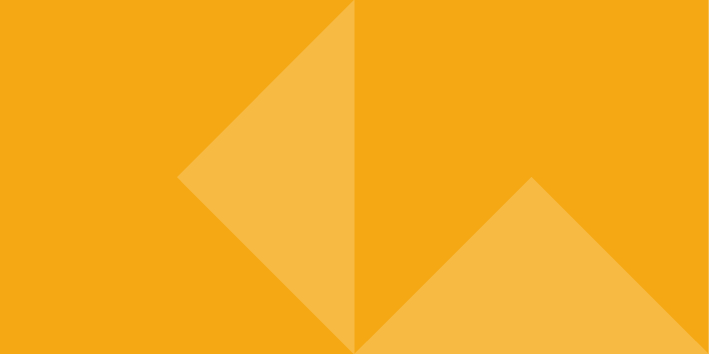
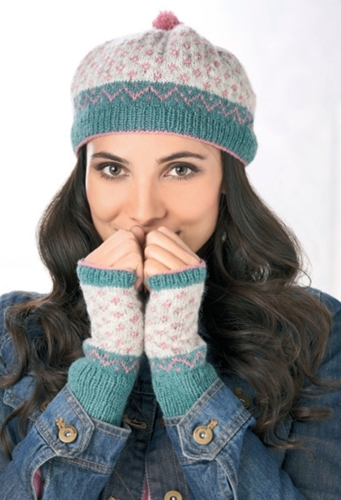 What a lovely surprise I got this morning. We are having family visiting due to Glasgow hosting the Commonwealth Games and as soon as they left for another day of sports, I sat down to check my inbox. And then I started giggling.
What a lovely surprise I got this morning. We are having family visiting due to Glasgow hosting the Commonwealth Games and as soon as they left for another day of sports, I sat down to check my inbox. And then I started giggling.
![794-eucalyptus-386-p[ekm]185x184[ekm]-horz](http://static1.squarespace.com/static/5952aea7b11be182d288f50c/59ba75768e62d69316542a6a/59ba757d8e62d69316542f89/1505391997427/794-eucalyptus-386-pekm185x184ekm-horz.jpg?format=original)
![1140-granny-smith-269-p[ekm]185x185[ekm]-horz](http://static1.squarespace.com/static/5952aea7b11be182d288f50c/59ba75768e62d69316542a6a/59ba757d8e62d69316542f8d/1505391997430/1140-granny-smith-269-pekm185x185ekm-horz.jpg?format=original)

 I started blogging around 2001. I did not use my real name; I did not post pictures of myself and the only clues to my identity were these: I lived in Copenhagen, Denmark and I was female (I used the nom de plume "Ms Bookish"). My then blog was fairly straightforward: I mostly wrote about books and the contemporary literary scene. Around 2004-2005 my blog had become a professional tool and I was widely engaged in the literary blog scene working with publishers and authors. However, I was still completely anonymous.
I started blogging around 2001. I did not use my real name; I did not post pictures of myself and the only clues to my identity were these: I lived in Copenhagen, Denmark and I was female (I used the nom de plume "Ms Bookish"). My then blog was fairly straightforward: I mostly wrote about books and the contemporary literary scene. Around 2004-2005 my blog had become a professional tool and I was widely engaged in the literary blog scene working with publishers and authors. However, I was still completely anonymous.
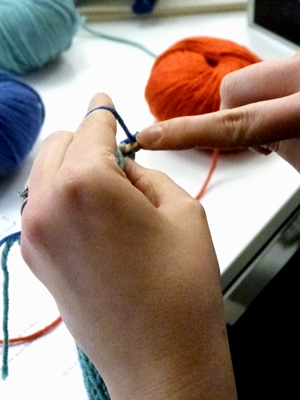 Just a tiny heads-up that I have overhauled the Workshops & Events page, so you can actually see where I am teaching!
Just a tiny heads-up that I have overhauled the Workshops & Events page, so you can actually see where I am teaching! Summer is always one of the busiest periods of my working life as magazines are commissioning items for their autumn/winter issues. I have just finished the last of my many commissions and am now looking forward to getting stuck into the self-publishing side of my life. I have been asked many times how I go about doing what I do, so here's a little run-down.
Summer is always one of the busiest periods of my working life as magazines are commissioning items for their autumn/winter issues. I have just finished the last of my many commissions and am now looking forward to getting stuck into the self-publishing side of my life. I have been asked many times how I go about doing what I do, so here's a little run-down.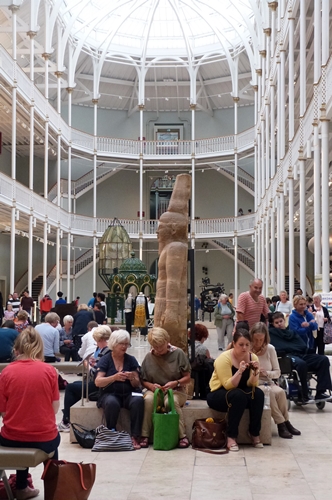 Being of Nordic persuasion, it was perhaps inevitable that I ended up working at Knit Works in Edinburgh this past weekend.
Being of Nordic persuasion, it was perhaps inevitable that I ended up working at Knit Works in Edinburgh this past weekend.